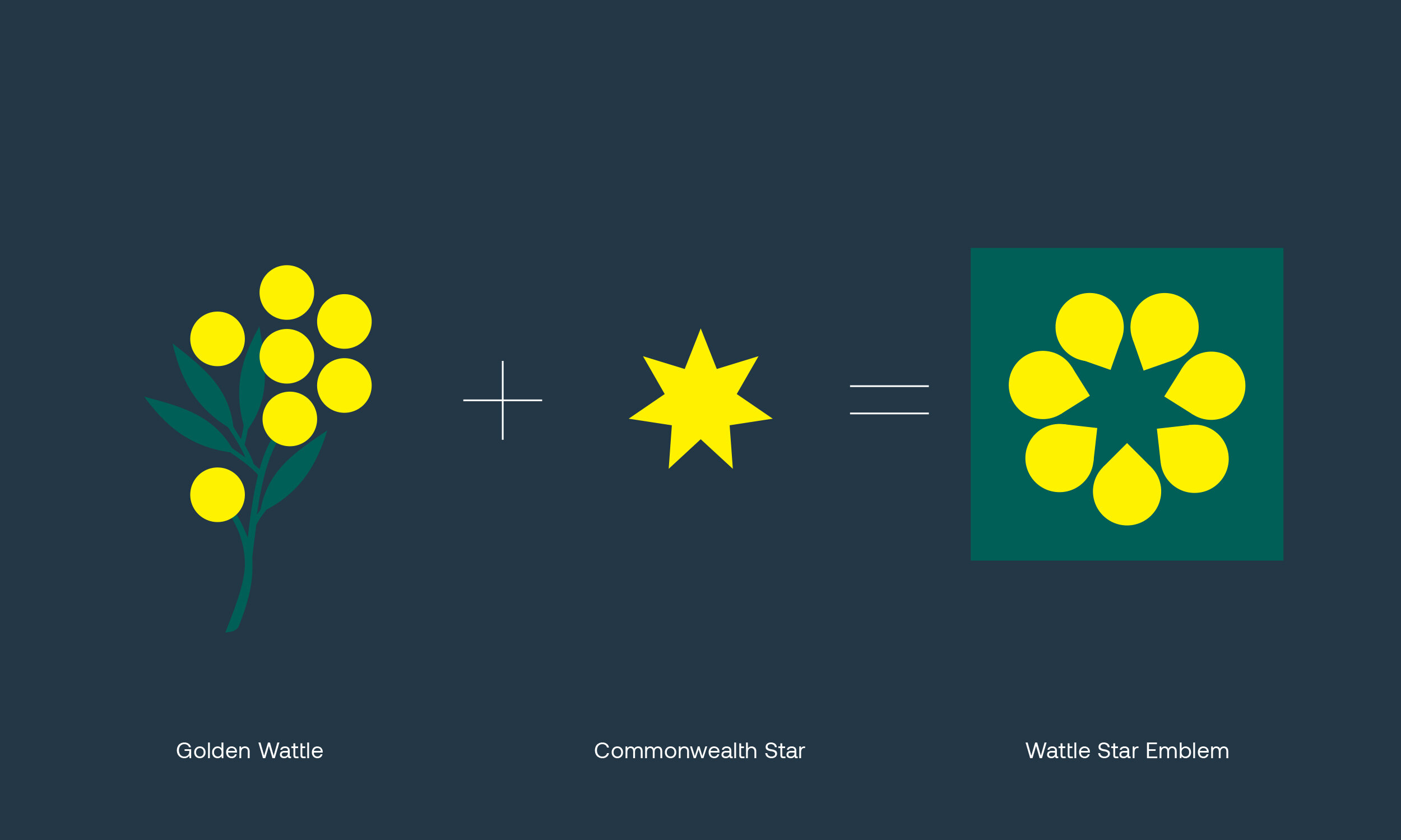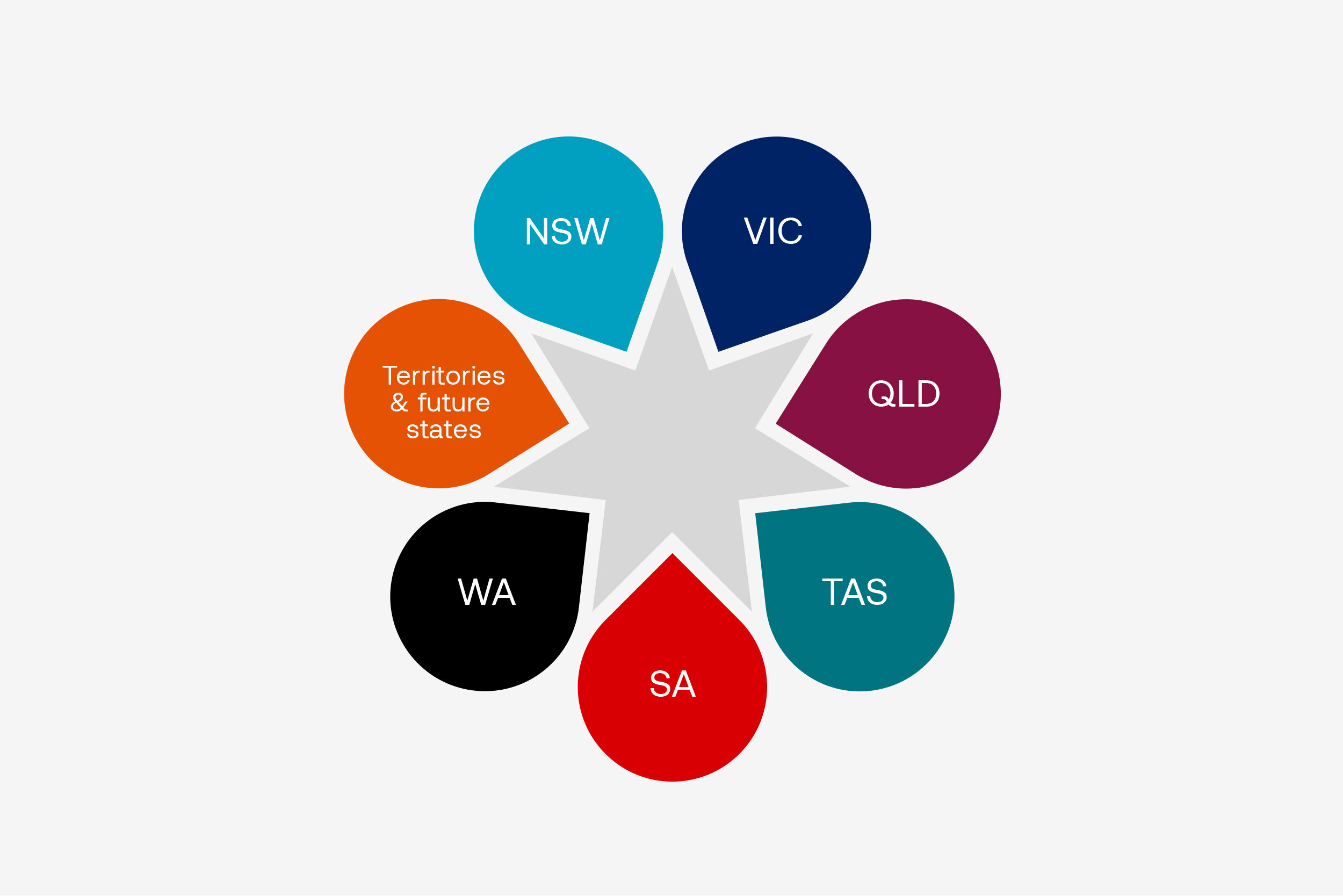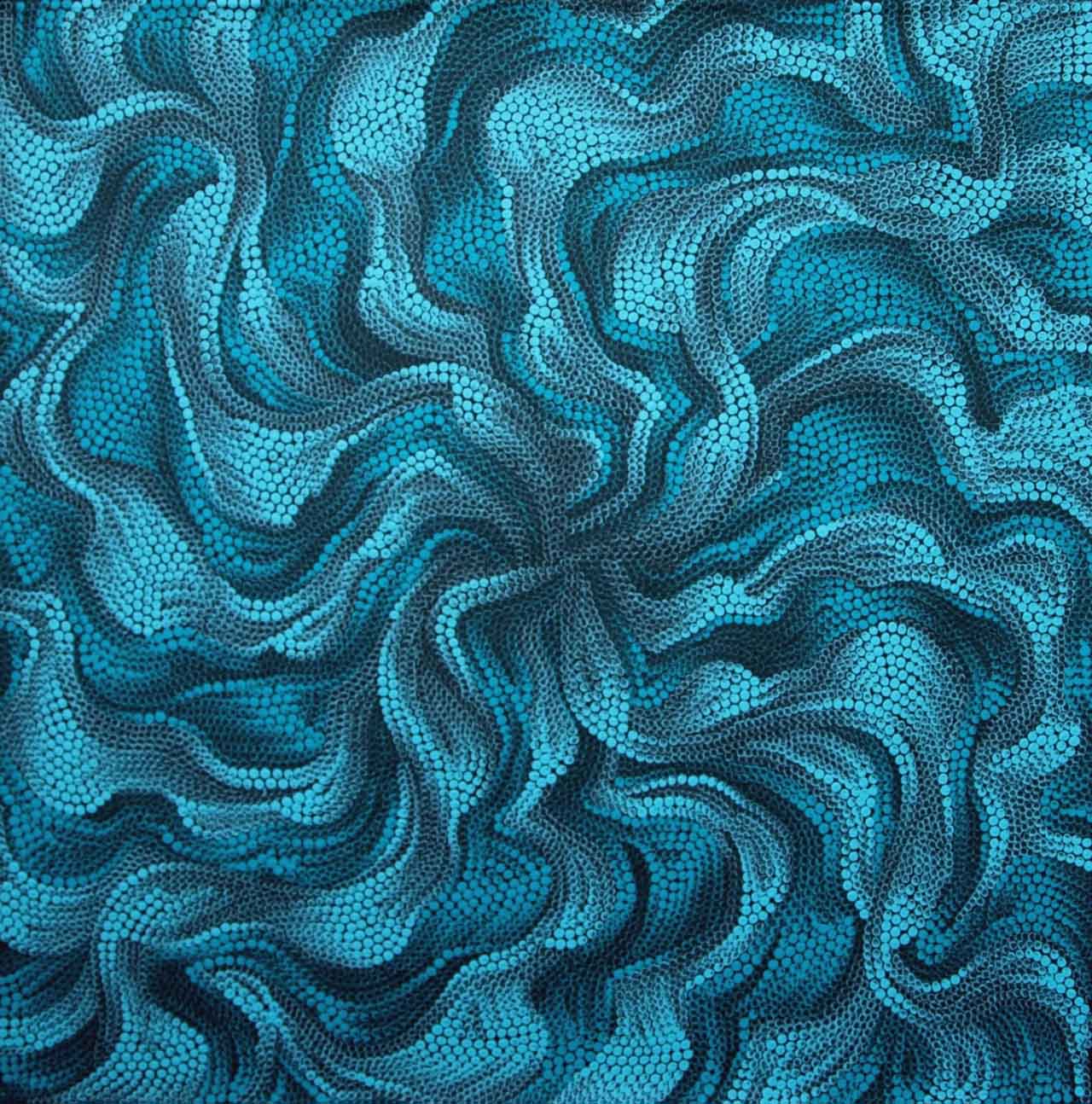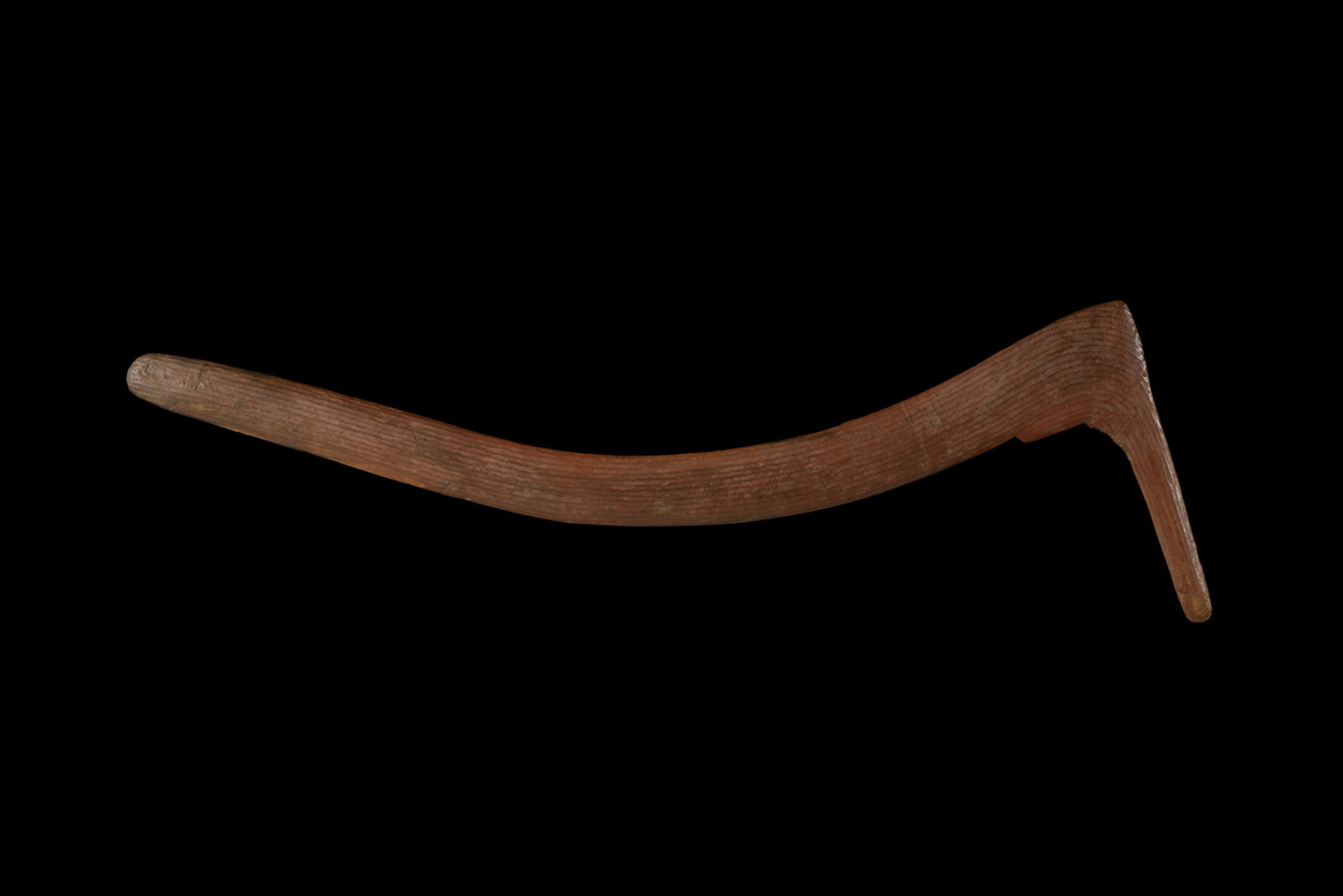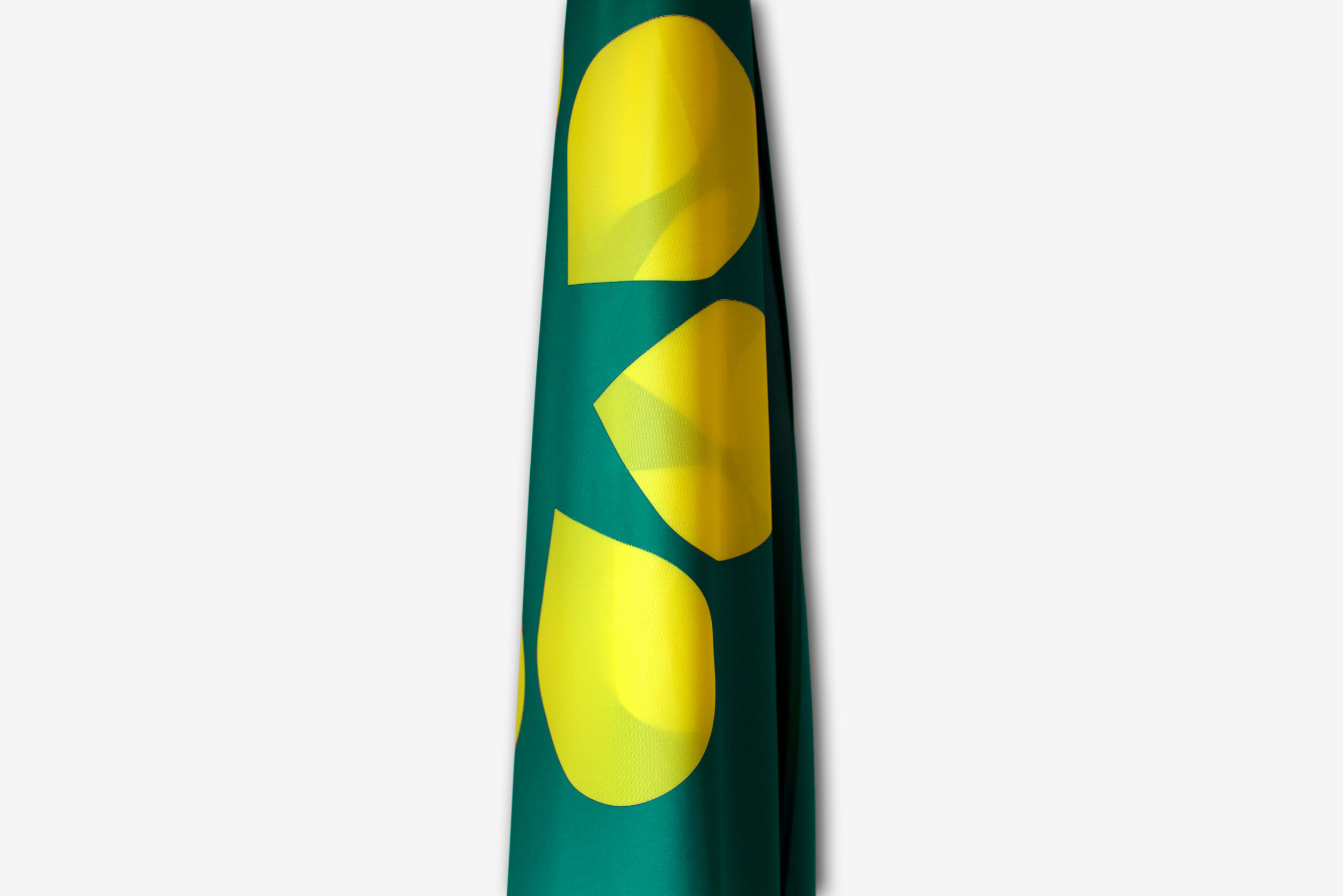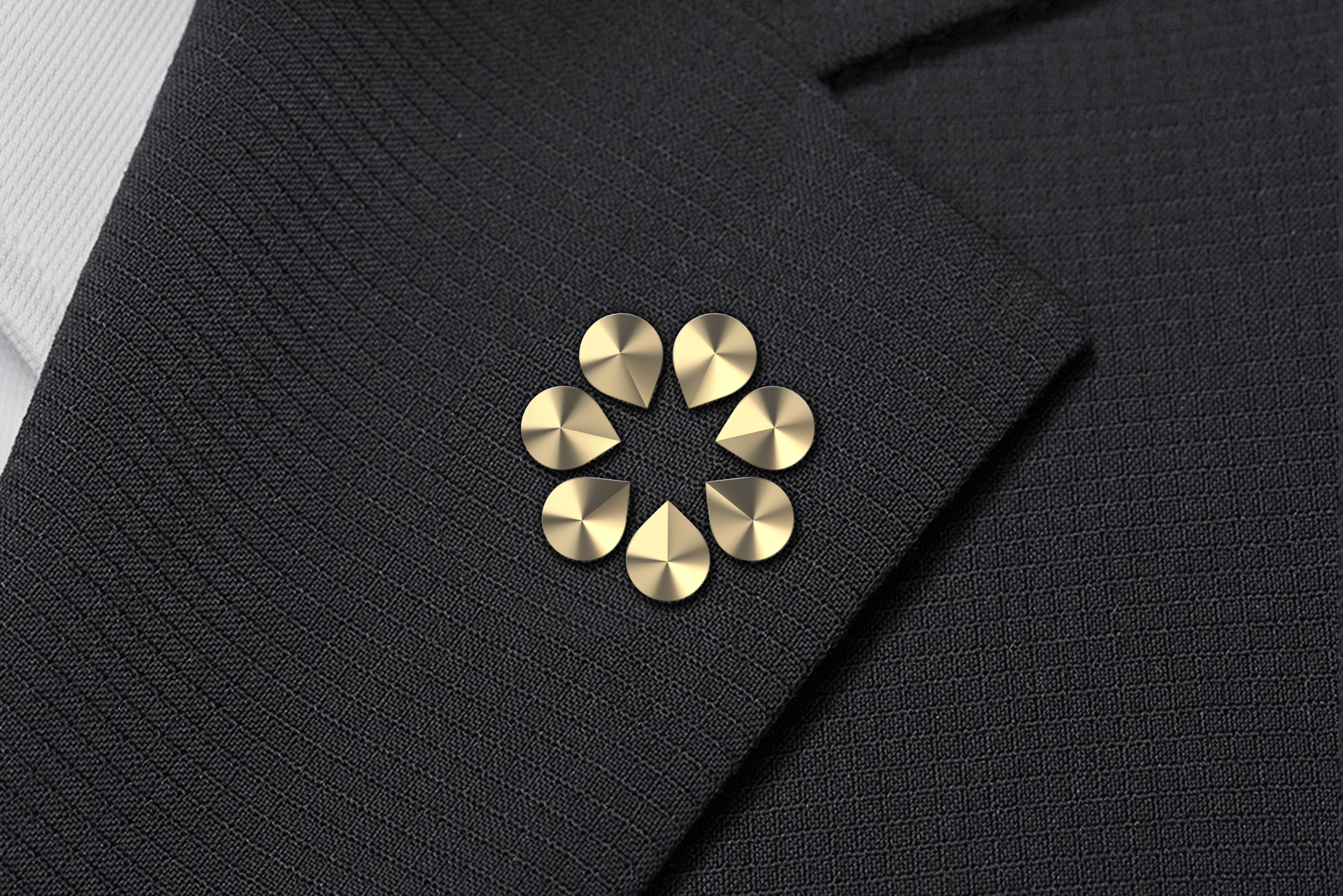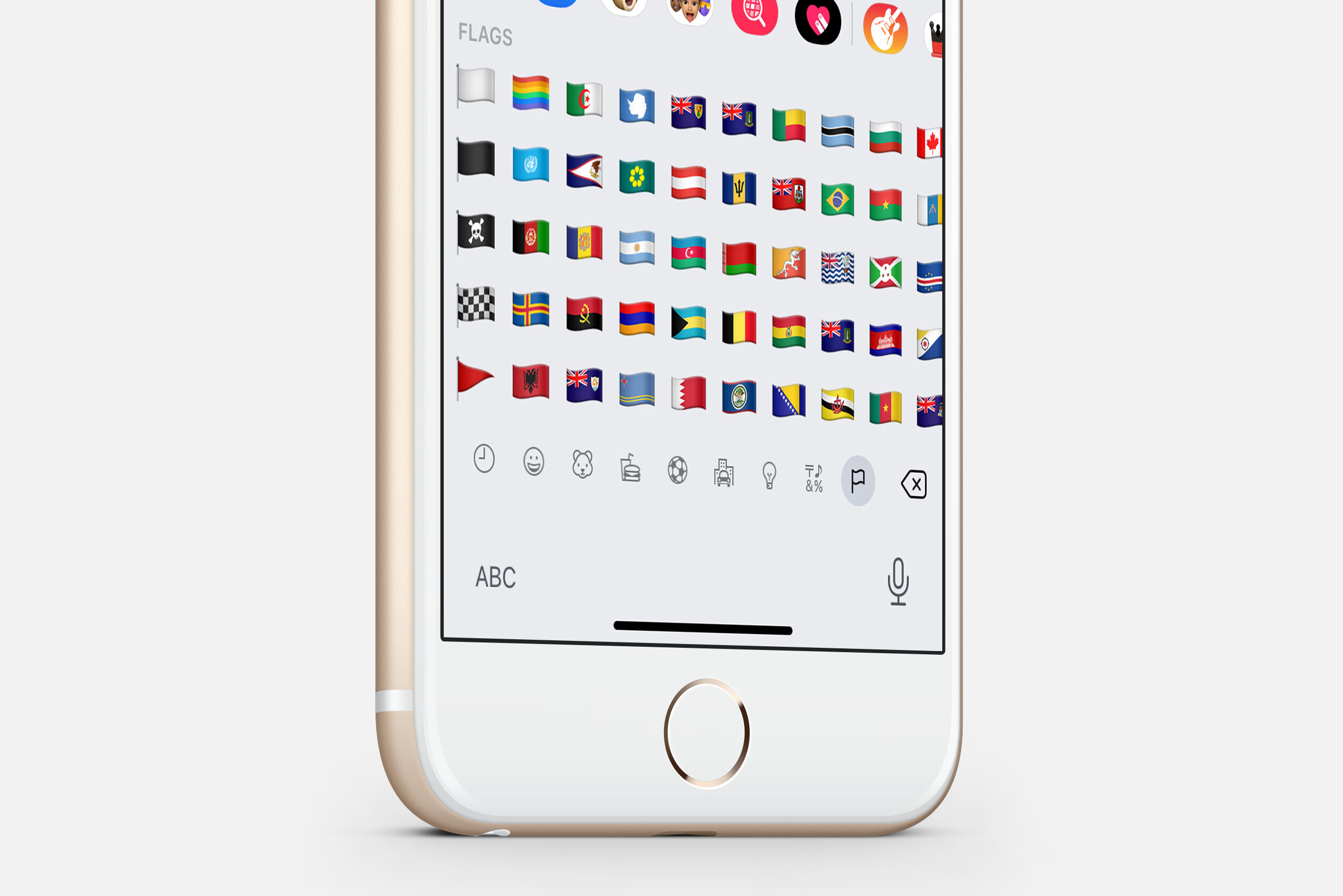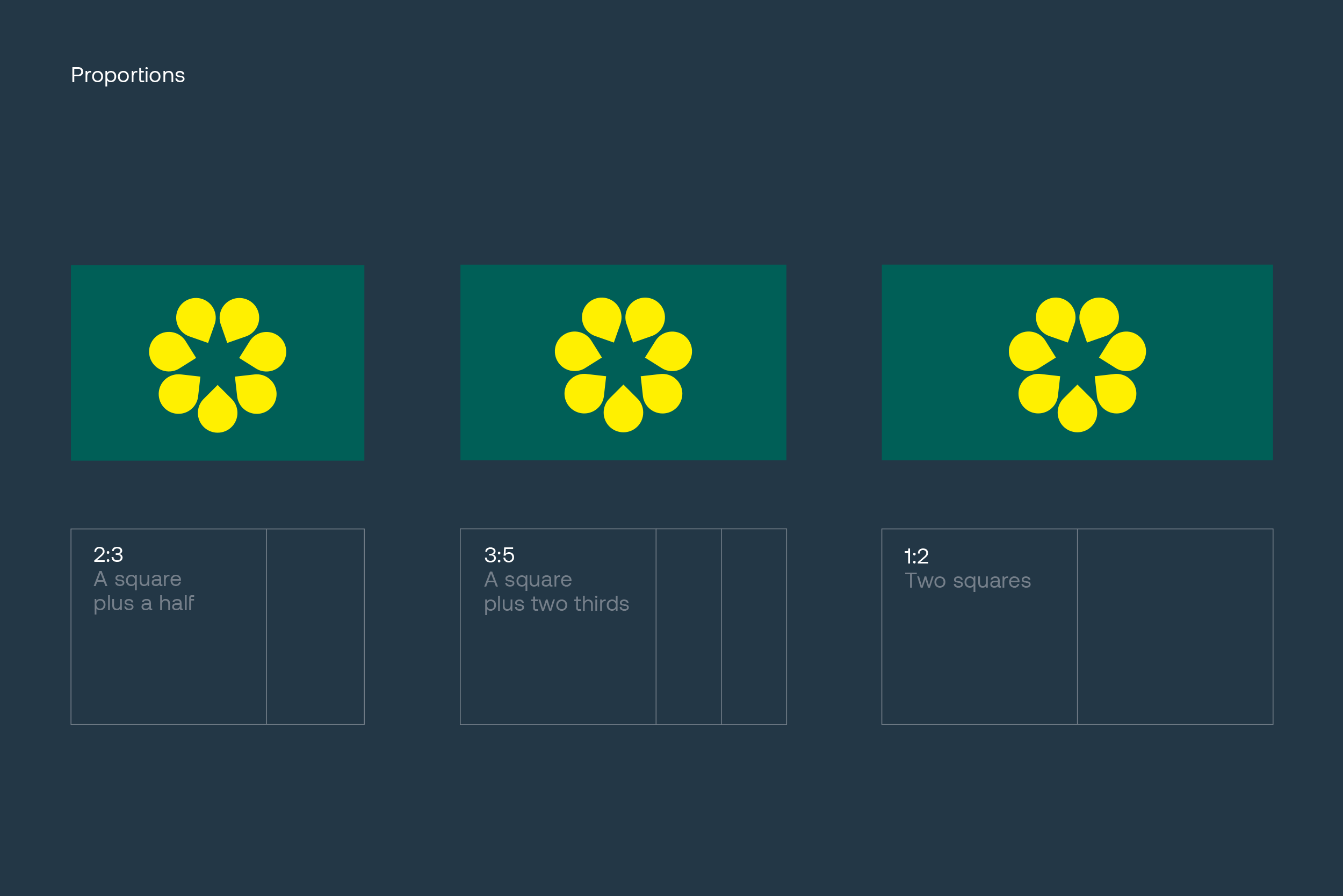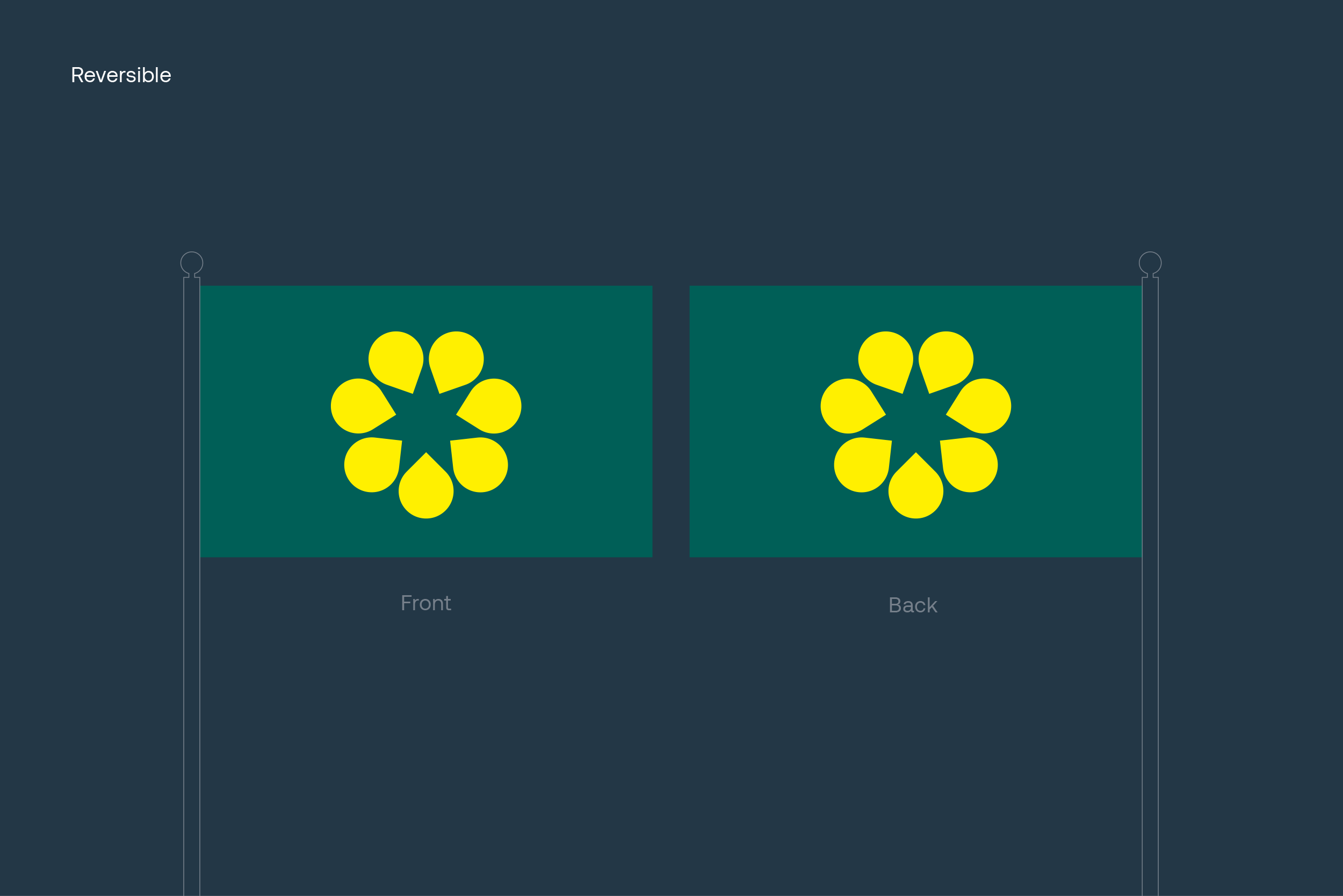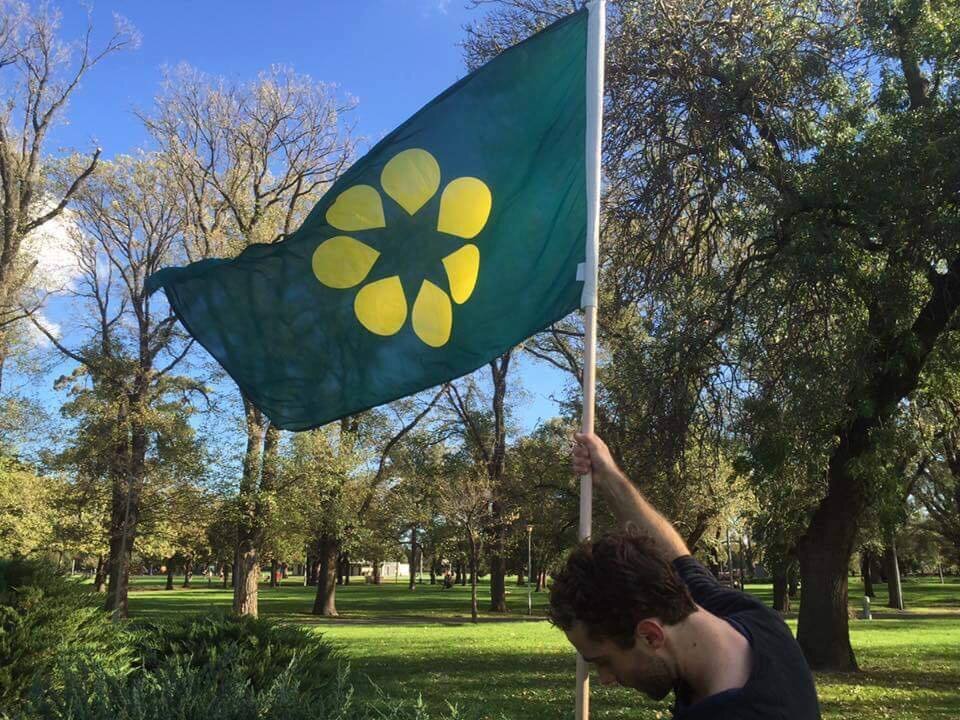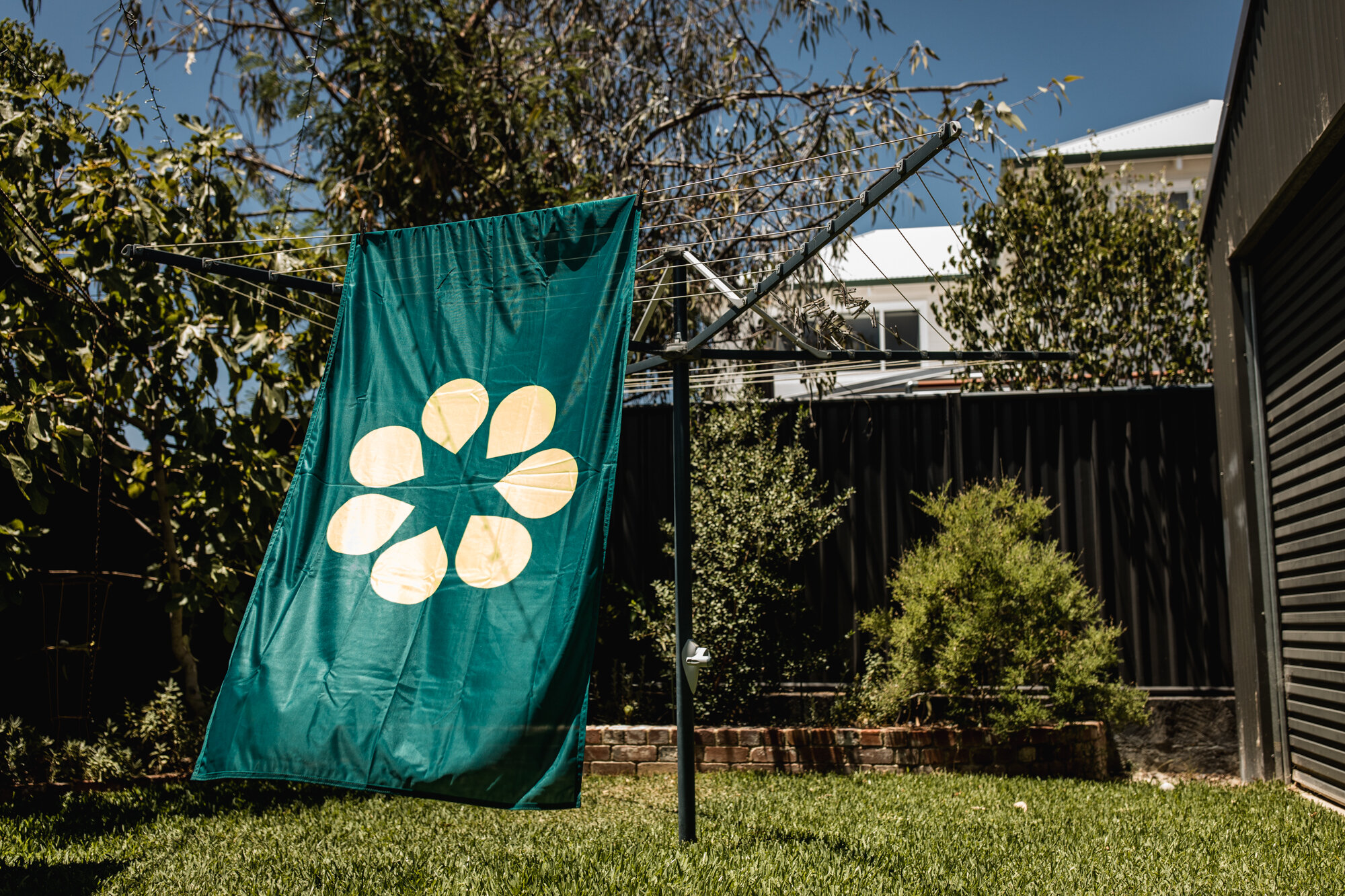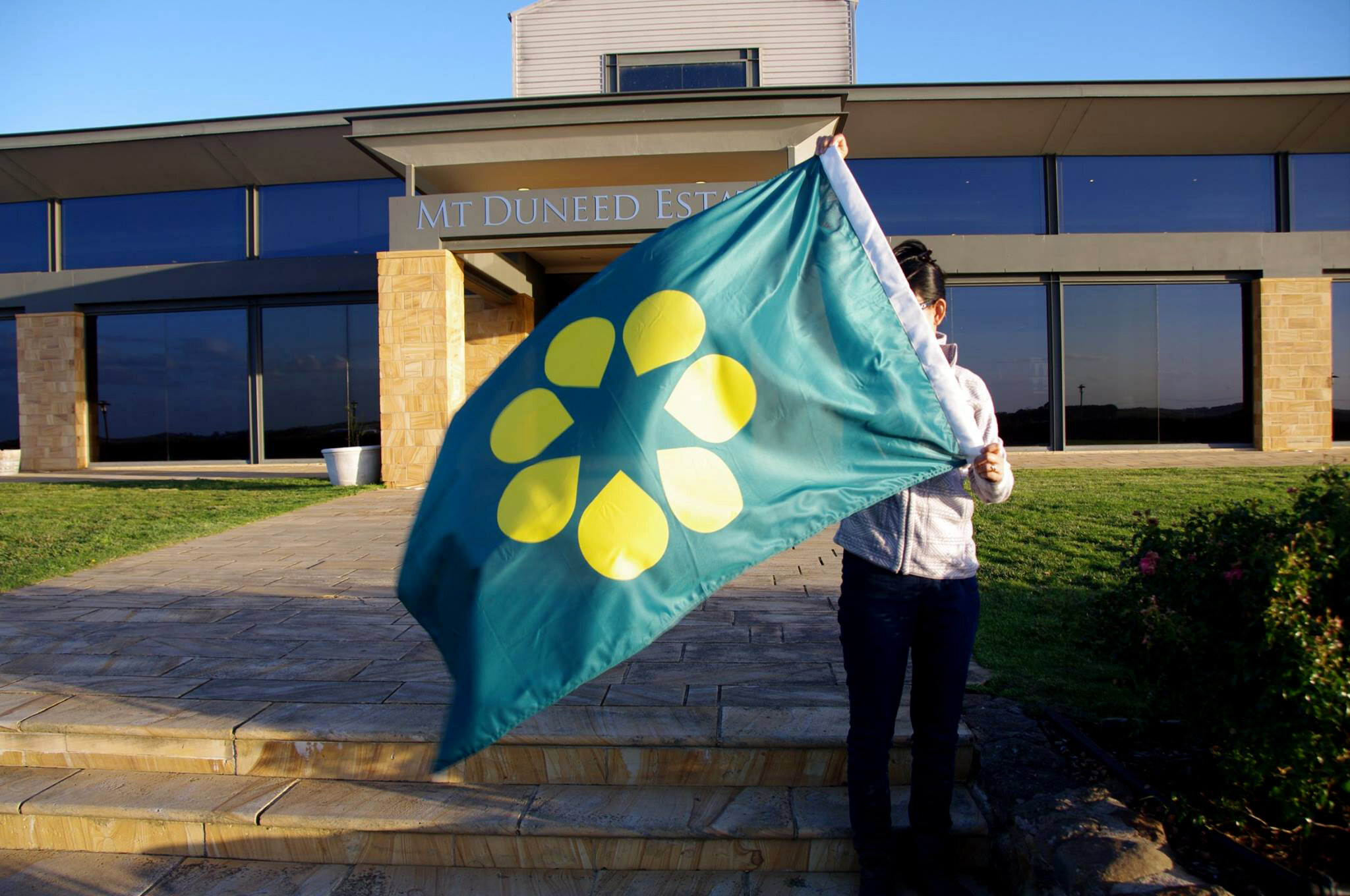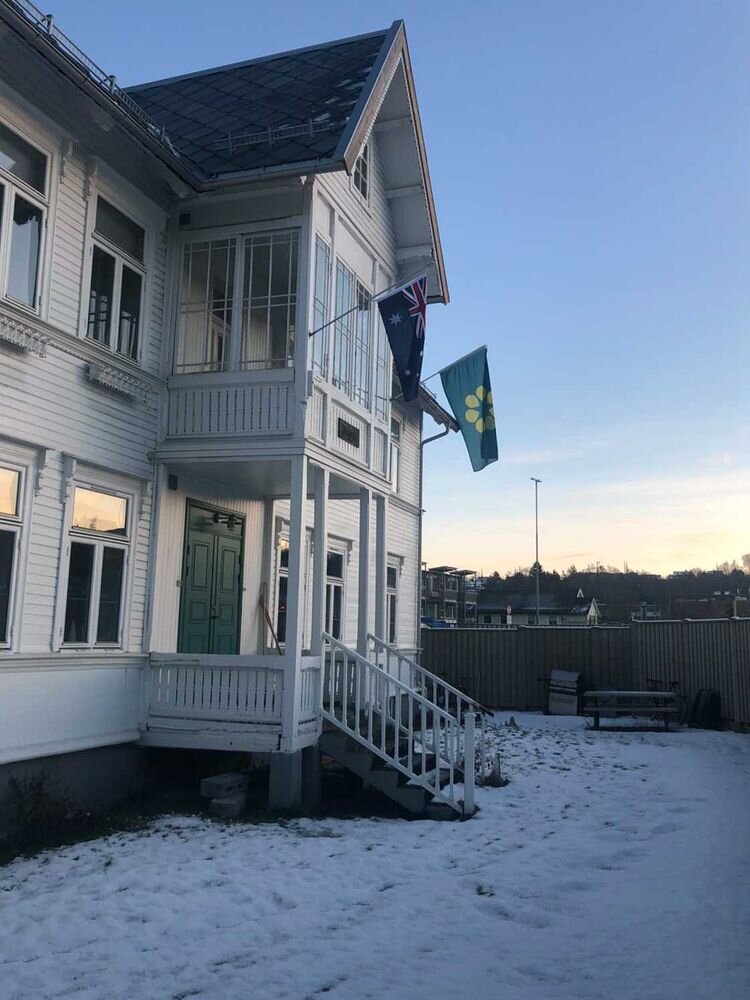







Introduction
Introduction
The Golden Wattle flag acknowledges the Gadigal people of the Eora nation as the Traditional Custodians of this country and its waters. We pay our respects to the Elders both past and present.
A new flag for Australia
The Golden Wattle flag is designed to be a new symbol that expresses Australia’s national identity.
Over the last three decades, there have been many design proposals put forward for a new Australian flag. Most incorporate familiar symbols such as the Southern Cross, boomerang and kangaroo.
Much like the wattle, these symbols are some of our most enduring national emblems and will always be part of our collective identity.
The Golden Wattle flag finds inspiration in these symbols, drawing them in conceptually and concretely, to build on the story of who we are as a nation and a people.

Golden Wattle Flag
Golden Wattle Flag
“The Golden Wattle flag is emblematic of Australia’s national flower, colours and star. It was created to symbolise strength through unity and to honour the natural beauty of the land that connects us all.”
The Golden Wattle flag
The Golden Wattle flag is a symbol of our nation’s diversity and aspirations of unity. It represents all the people of Australia, without distinction of culture, language, belief or opinion, united equally as one.
The design features a single stylised golden wattle emblem, centred on a green background. The emblem represents seven wattle blossoms arranged in a circle to create the Commonwealth Star in the centre. The seven points of the star represent the Australian states and territories and the unity of the Australian people.
The golden wattle is one of Australia’s most enduring national symbols. It has been part of Aboriginal and Torres Strait Islander cultures for thousands of years. It is the inspiration behind Australia’s national colours, green and gold, and is the official floral emblem of Australia.
Wattle or Acacia grows in every state and territory and every ecosystem in Australia and has served as a national symbol since the 1820s.
The wattle star emblem visually references the golden sun on the Aboriginal flag and the central device and guiding star on that of the Torres Strait Islander flag.
Colours
Green – Australian bushland and natural environment.
Yellow – Prosperity, richness of spirit. The beaches, wattle blossom and native grasses. Sunshine and warmth.
Green and gold (yellow) are Australia’s national colours. Both colours are also used on the Aboriginal and Torres Strait Islander flags, symbolising the sun and land. The shade of green used on the Golden Wattle flag is dark myrtle, known in Australia as baggy green.

Distinctly Australian
I wrote for her, I fought for her,
And when at last I lie,
Then who, to wear the wattle, has
A better right than I?
—
Henry Lawson
Distinctly Australian
I wrote for her, I fought for her,
And when at last I lie,
Then who, to wear the wattle, has
A better right than I?
—
Henry Lawson
Distinctly Australian
Australia is a unique country in every way – in culture, history, climate, geography and our natural environment. Our flag should express pride in our remarkable country and be symbolic of our own national identity. It should be authentically and distinctly Australian.
“The wattle spreads a golden pathway in the
spring. It reminds us there is hope where the past
and present meet, a bright promise for the future.”

An emblem for Australia
An emblem for Australia
“Wattle was the golden sun, the golden harvest, the golden future. It was the antidote to bush melancholy. In season it was customary in country homes to put a spray of wattle on the mantlepiece”
An emblem for Australia
The golden wattle
”The wattle is our only authentic national symbol – totally, unambiguously of this land. It is not conflicted or qualified in its identity or loyalty. It is eloquently, elegantly and undoubtedly Australian.”¹
Learn more:
Why the wattle?
Commonwealth Star
The Commonwealth Star (also known as the Federation Star) symbolises the unity of the Australian people and the sovereignty of the Australian nation. One point represents each of the six Australian states and the seventh point represents all the territories.
The Commonwealth Star is featured on the current national flag, at the crest of the Coat of Arms of Australia, on Australia’s currency, the badges of the Australian Defence Force and throughout the Australian Honours system.

A unifying symbol
We are seeking a flag of unity and
healing under which all Australians
are represented equally.
—
Gatjil Djerrkura
A unifying symbol
We are seeking a flag of unity and
healing under which all Australians
are represented equally.
—
Gatjil Djerrkura
A unifying symbol
“As a living expression of our land, wattle links us to the earliest human occupation of this continent. Aboriginal and Torres Strait Islander peoples have used wattle for thousands of years as a season marker (a sign that the whales are coming), as a source of food, medicine and the raw material for hunting and sound instruments. That is part of wattle's wonderful heritage as a unifying symbol of our land, our people and the nation.”²
“Wattle has been the silent witness of the Australian story for millions of years. It has welcomed us all, indigenous, colonials and modern day arrivals.”

Simplicity / Design
Flags matter.
They rally. They mobilize.
They represent.
A flag can embody and
affirm a community’s
ideals and values.
A flag can welcome,
console, honour, unify.
Simplicity / Design
Flags matter.
They rally. They mobilize.
They represent.
A flag can embody and
affirm a community’s
ideals and values.
A flag can welcome,
console, honour, unify.
The virtue of simplicity
Flags flap. Flags drape. Flags must be seen from a distance and from their opposite side,³ or remain legible as a small on-screen icon. Under these circumstances, only simple designs make effective flags.
The Golden Wattle flag has the virtue of simplicity; it focuses on a single symbol, made of large shapes and two bold colours. The wattle star emblem remains legible when small or when reversed, as both sides of the flag are identical. It also creates a distinct graphic when furled.
Learn more:
Good Flag, Bad Flag
Ted Kaye, North American Vexillological Association
Design specifications
The preferred ratio of the Golden Wattle flag is 3:5, although the flag can also be proportioned to a ratio 2:3 and 1:2 if required. The wattle emblem is positioned at the exact centre and is 5/7ths of the height of the flag.

Supporters
Supporters
Supporters
Notes:
Terry Fewtrell, Wattle Day – An Essential Part of the Australian Narrative, September 1, 2011.
Terry Fewtrell, Wattle Day, RN – ABC Radio National, September 1, 2008.
Ted Kaye, Good Flag, Bad Flag. North American Vexillological Association, 2006.

